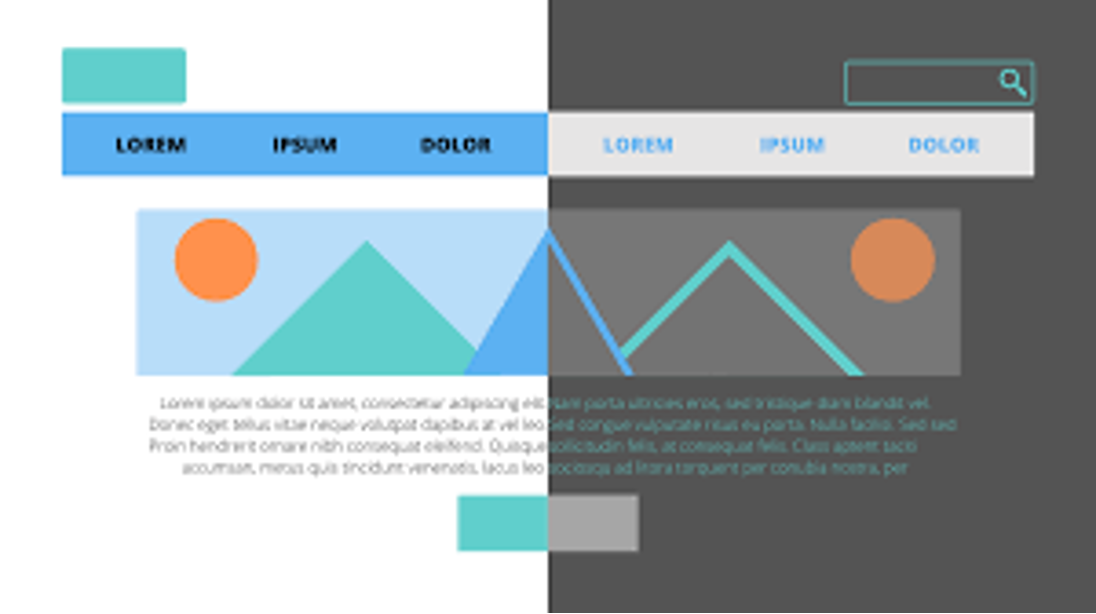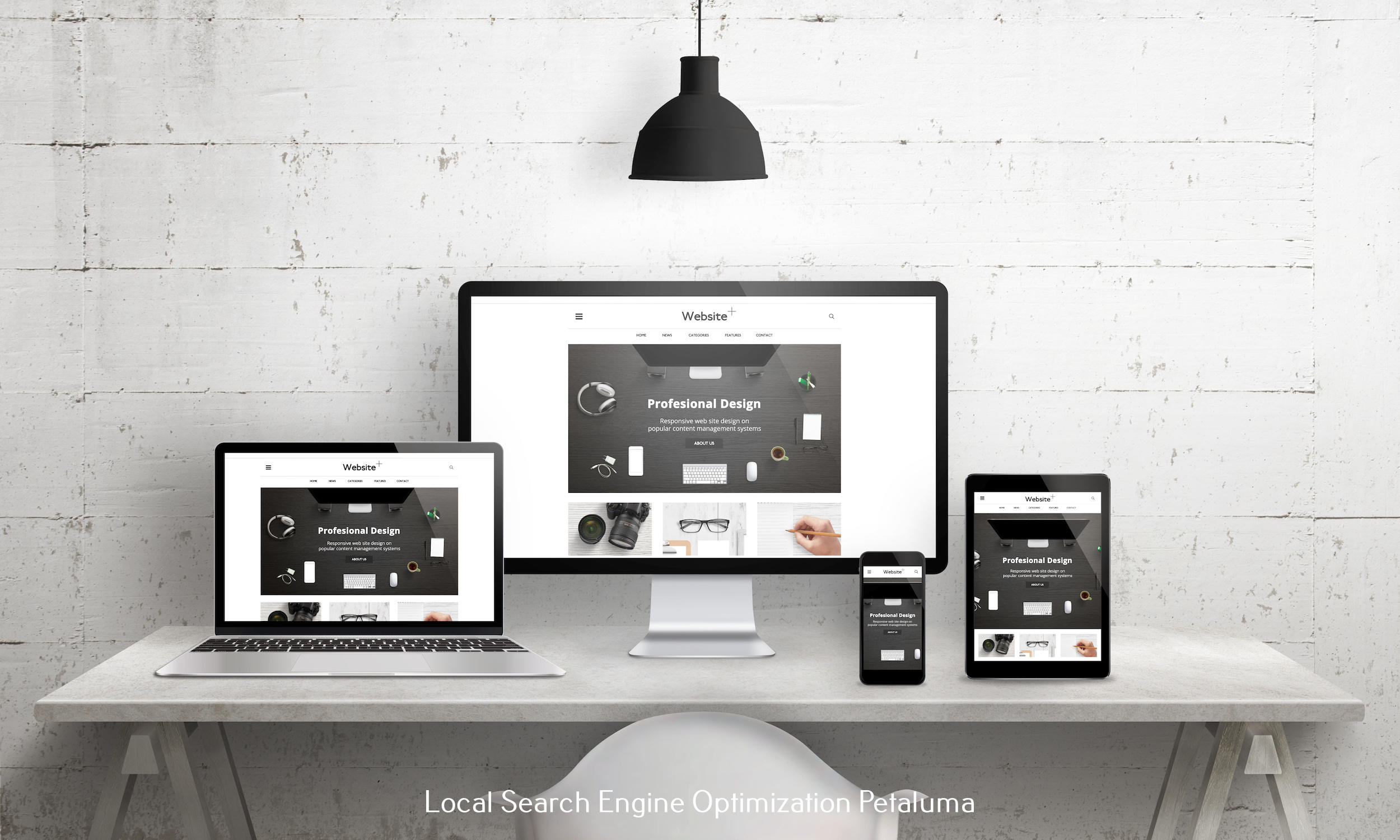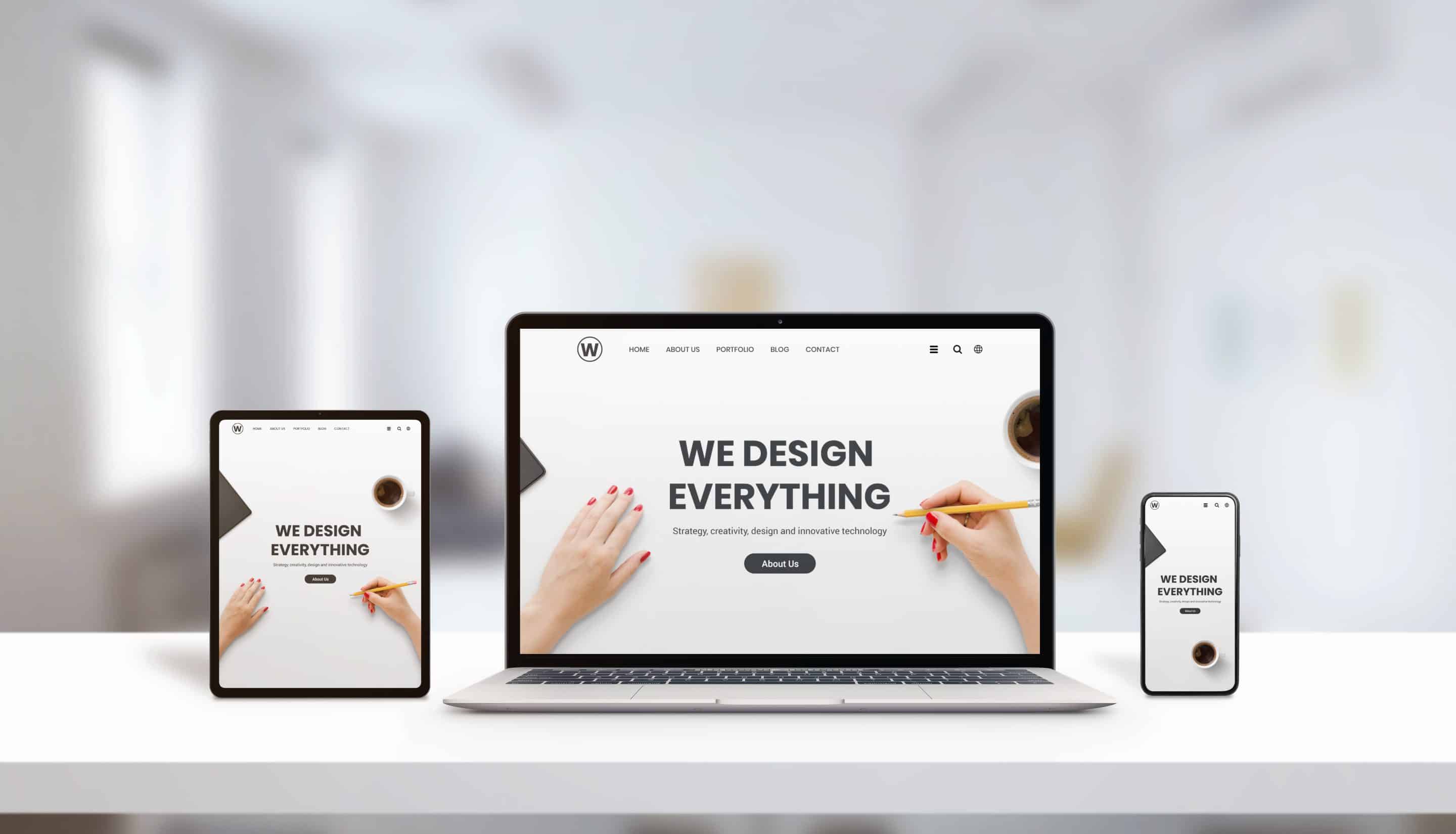Web accessibility is an important aspect of creating a website that often gets overlooked. It involves making your website usable for people with disabilities, such as visual, auditory, motor, or cognitive impairments. Not only is it the right thing to do for inclusivity and equality, but it also opens up your business to a wider audience. In fact, complying with Web Content Accessibility Guidelines (WCAG) can even improve your SEO and overall user experience. So let's dive into what WCAG standards are all about and how you can meet them.
What are WCAG Standards?
WCAG standards were developed by the World Wide Web Consortium (W3C) to provide guidelines for creating accessible web content. These guidelines consist of 4 main principles: Perceivable, Operable, Understandable, and Robust (POUR). Each principle has specific criteria that must be met in order to comply with WCAG standards.
Perceivable: This principle focuses on making sure that all users can perceive the information presented on your website. This includes providing alternatives for non-text content such as images or videos for those who cannot see them.
Operable: The operability principle ensures that all users can navigate and interact with your website using different devices and methods such as a keyboard or voice commands.
Understandable: Your website should be easy to understand for all users regardless of their abilities. This includes using clear language and avoiding jargon or complex terminology.
Robust: The robustness principle ensures that your website is compatible with different assistive technologies such as screen readers or text-to-speech software.
Understanding these principles is the first step towards complying with WCAG standards. Now let's look at some specific ways you can meet these guidelines.
Creating Accessible Content
One of the key elements of meeting WCAG standards is creating accessible content. This means providing alternatives for non-text content such as images or videos in the form of alt tags or transcripts. Alt tags describe the content of an image for those who cannot see it, while transcripts provide a written version of audio or video content.
In addition, using clear and concise language is important for making your content understandable for all users. Avoiding jargon or complex terminology can also make your website more user-friendly.
Designing an Accessible Layout
Another important aspect of meeting WCAG standards is designing an accessible layout. This includes using proper heading structures, providing sufficient color contrast, and ensuring that your website is keyboard accessible.
Headings help users with screen readers to navigate through your content easily. Using proper heading levels (H1-H6) also helps with SEO by indicating the hierarchy of information on your page.
Color contrast is crucial for users with visual impairments. Make sure that text and background colors have a sufficient contrast ratio to ensure readability.
Keyboard accessibility allows users to navigate through your website without a mouse. This can be achieved by making sure all elements on your website are reachable via keyboard navigation and providing focus indicators for interactive elements.
Making Multimedia Content Accessible
Multimedia content such as videos or audio recordings should also be made accessible according to WCAG standards. This includes providing captions or audio descriptions for those who cannot hear the audio, as well as ensuring that controls are operable with a keyboard.
It's also important to consider the use of flashing animations or videos on your website as they can trigger seizures in some individuals with epilepsy. WCAG provides guidelines for avoiding harmful effects from flashing content, such as limiting the frequency and duration of flashing elements.
Testing Your Website's Accessibility
Once you have implemented these accessibility features on your website, it's crucial to test them regularly to ensure they are working properly. There are many tools available online such as WAVE Web Accessibility Evaluation Tool or Google Lighthouse that can help you identify any accessibility issues on your website.
It's also recommended to conduct user testing with individuals who have disabilities to get feedback on the usability and accessibility of your website. This can provide valuable insights and help you make necessary improvements.
In addition, regularly updating your website's content and ensuring that new elements are created with accessibility in mind is important for maintaining compliance with WCAG standards.
In Conclusion
Ensuring web accessibility is not only a legal requirement but also a moral responsibility. By complying with WCAG standards, you are promoting inclusivity and making your website accessible to all users. This can improve your SEO, user experience, and even open up opportunities for new customers.
Remember to always keep the POUR principles in mind when creating or updating your website – Perceivable, Operable, Understandable, and Robust. By implementing accessible content, layout, multimedia features, and regularly testing your website's accessibility, you can ensure that everyone has equal access to your online presence.






































0 Comments